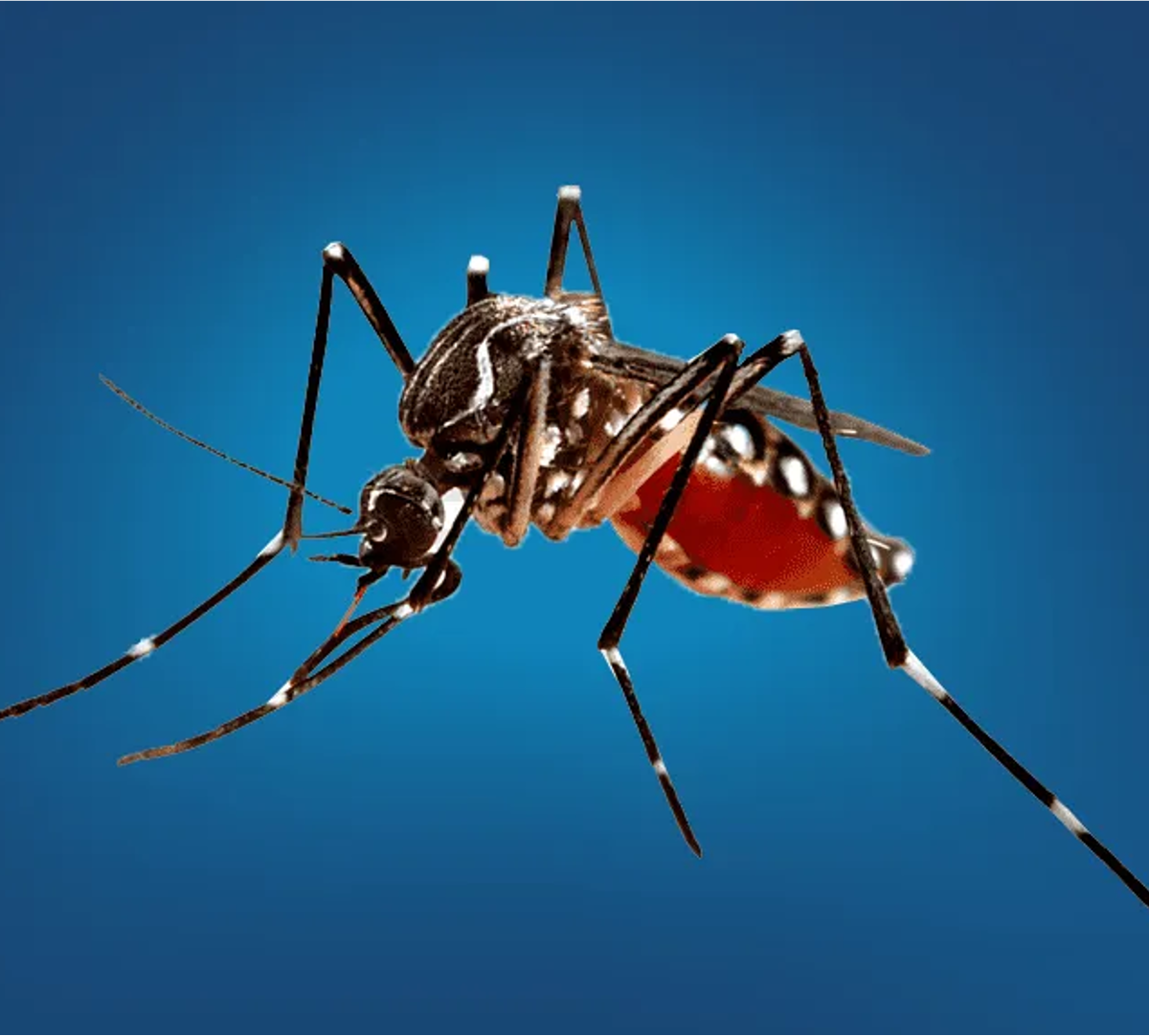Dengue fever, a mosquito-borne viral disease, has become an increasing public health challenge in Nepal. Transmitted primarily by the Aedes aegypti mosquito, dengue fever presents with symptoms such as high fever, severe headache, pain behind the eyes, joint and muscle pain, and skin rashes. In more severe cases, it can cause bleeding, organ impairment, and death, particularly when it progresses to severe dengue or dengue hemorrhagic fever.
The Spread of Dengue in Nepal
Over the years, Nepal has witnessed a rising number of dengue cases, especially during the monsoon season when the Aedes mosquitoes thrive in stagnant water. According to data from the Epidemiology and Disease Control Division (EDCD), the country has experienced significant outbreaks in recent years, with cases spiking dramatically.
- In 2023, Nepal reported 52,790 dengue cases, with 50% originating from the Koshi Province, 31% from Sunsari District, 7.5% from Jhapa, and smaller proportions from other regions.
- As of July 2024, there have already been 1,432 reported cases across 73 districts, indicating a widespread national presence. The case fatality rate (CFR) for dengue in Nepal remains low, but it rises notably for individuals over 50 years of age.
The Aedes Mosquito: Vector of Dengue
The Aedes aegypti mosquito is Nepal’s primary vector responsible for transmitting the dengue virus. These mosquitoes breed in clean, stagnant water and are active during daylight, with peak biting periods in the early morning and late afternoon. A single infected mosquito can spread the virus to multiple individuals, exacerbating the risk of an outbreak.
A key challenge in controlling dengue is the mosquito’s ability to lay eggs in small water containers, which can survive for months without water. This makes the environment around homes, workplaces, and public spaces critical in the fight against dengue.
Symptoms and Diagnosis of Dengue
Dengue symptoms typically manifest 2-7 days after being bitten by an infected mosquito. The common symptoms include:
High fever, Severe headaches, Pain behind the eyes, Muscle and joint pain, Nausea and vomiting, Skin rash appearing two to five days after fever onset.
In severe cases, patients may experience abdominal pain, persistent vomiting, and bleeding from the gums or nose. Early diagnosis is vital to prevent complications. In Nepal, rapid diagnostic tests (RDTs) and blood tests are commonly used to detect the dengue virus.
Managing and Preventing Dengue
Currently, there is no specific antiviral treatment for dengue. Management focuses on relieving symptoms, typically with acetaminophen (paracetamol), to reduce pain and fever. However, drugs like ibuprofen and aspirin, which can increase the risk of bleeding, should be avoided. Severe cases often require hospitalisation for intensive care.
Preventing dengue involves controlling the Aedes mosquito population. In Nepal, several strategies are employed or recommended:
Environmental Management: Eliminating mosquito breeding sites by ensuring that water storage containers are adequately covered and water stagnation around homes and workplaces is reduced.
Personal Protection: Using mosquito repellents, wearing long-sleeved clothing, and sleeping under mosquito nets can help reduce mosquito bites, especially during peak periods of activity.
Community Initiatives: Through local municipalities, the Nepal government has been conducting awareness campaigns and community clean-up programs. These involve the destruction of mosquito breeding grounds and promoting community participation in dengue prevention.
The Role of Government and Communities
Nepal’s Ministry of Health and Population has been actively engaged in dengue prevention and control efforts. Measures include public awareness programs through local media, vector surveillance, and the distribution of rapid diagnostic kits. Health facilities are also equipped to manage dengue patients, especially during outbreaks.
In 2024, local governments and health officials continue collaborating on dengue control, focusing on search and destroy campaigns targeting mosquito breeding sites. The government has allocated resources, including dengue-related prevention and treatment initiatives, to support these efforts. Dengue fever remains a growing concern in Nepal, particularly during the monsoon season when mosquitoes proliferate. While the government and health agencies work tirelessly to manage outbreaks and prevent the spread of the disease, individual responsibility in maintaining cleanliness and avoiding mosquito bites is crucial. Together, with active participation from communities and support from government programs, Nepal can mitigate the impact of dengue and protect public health.
